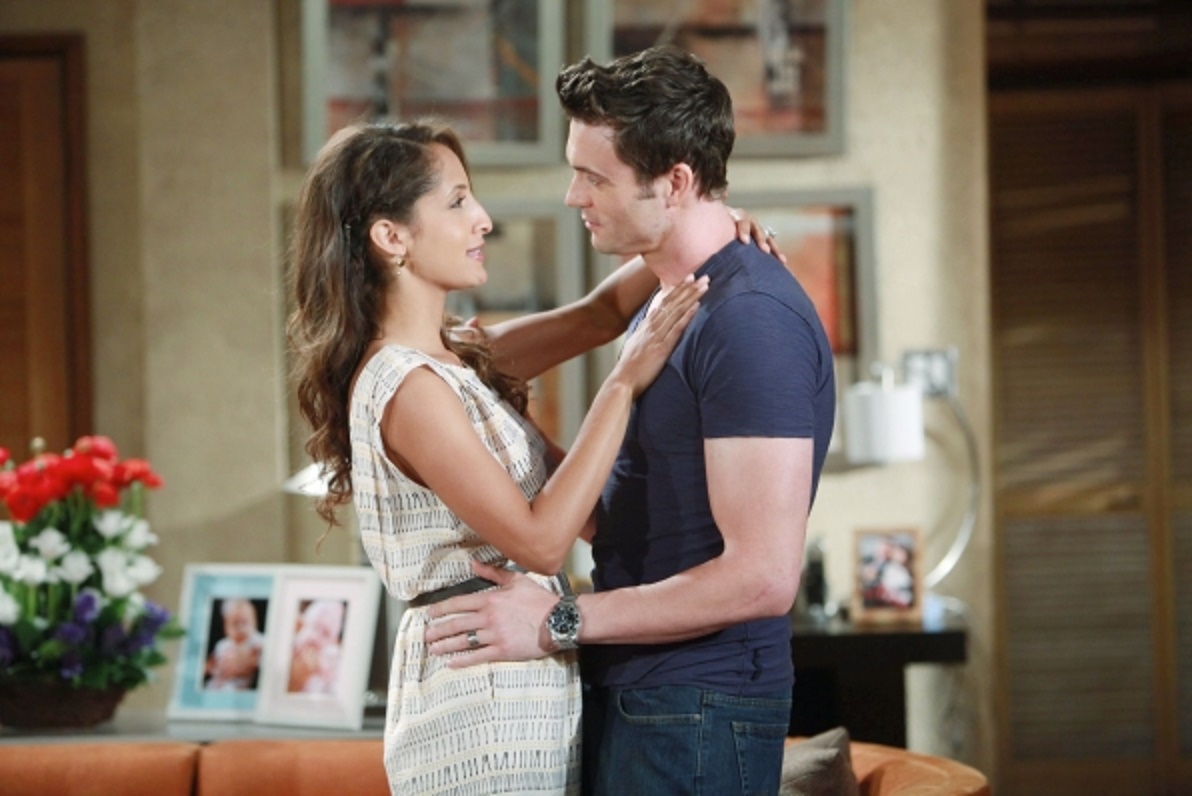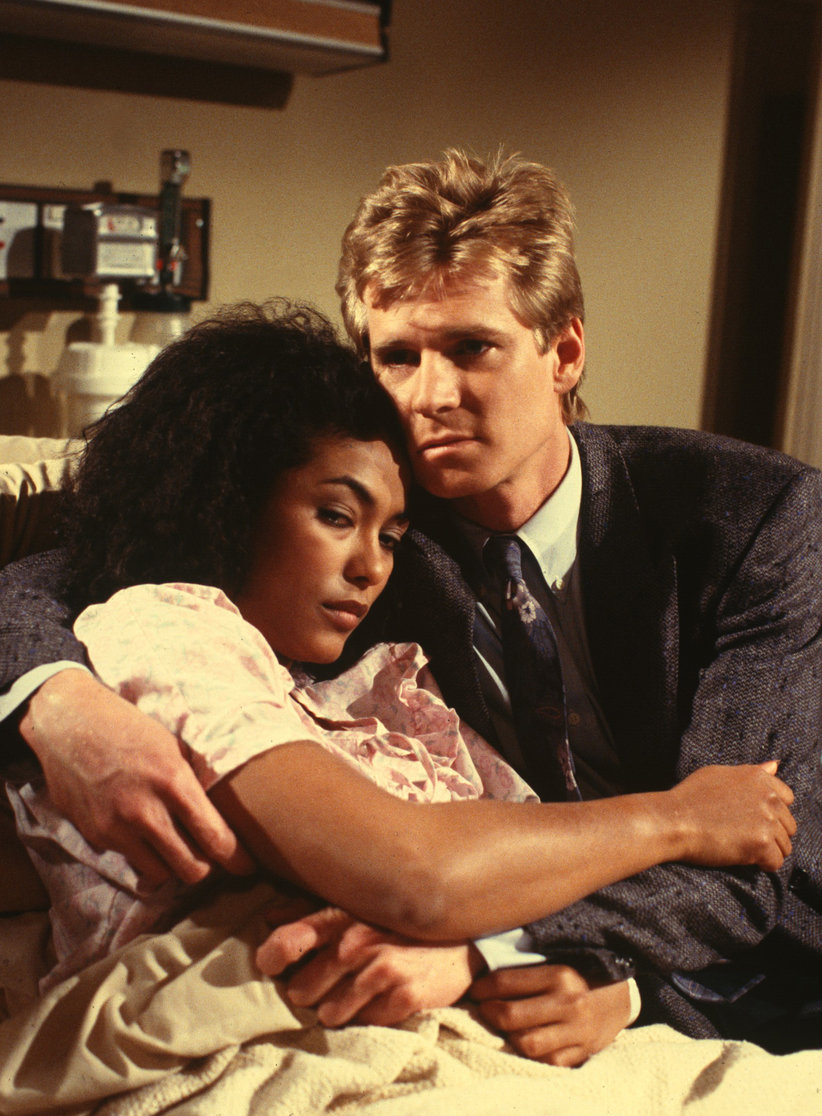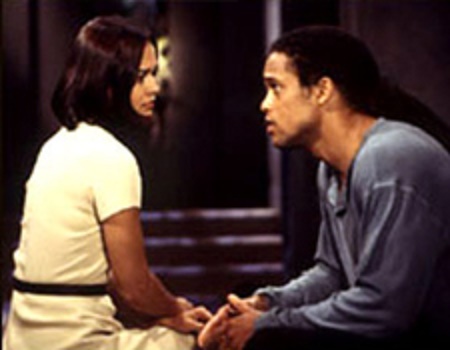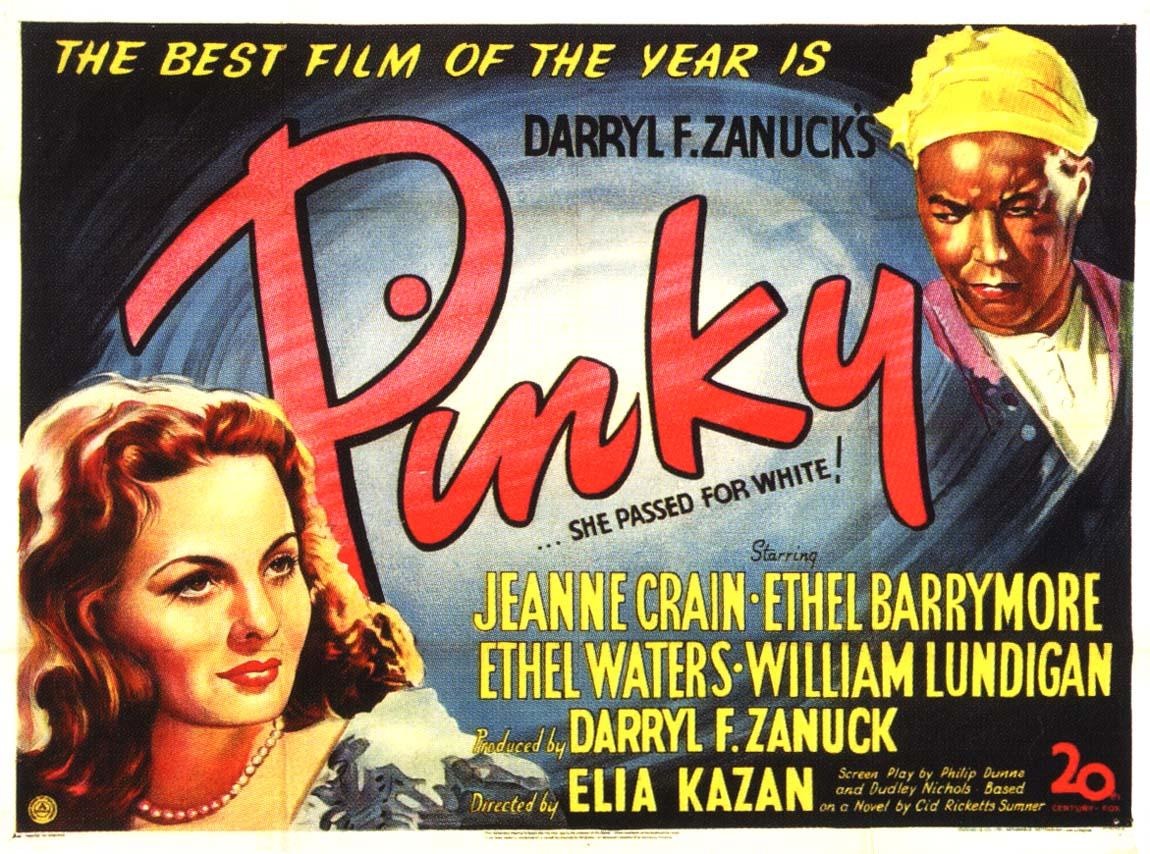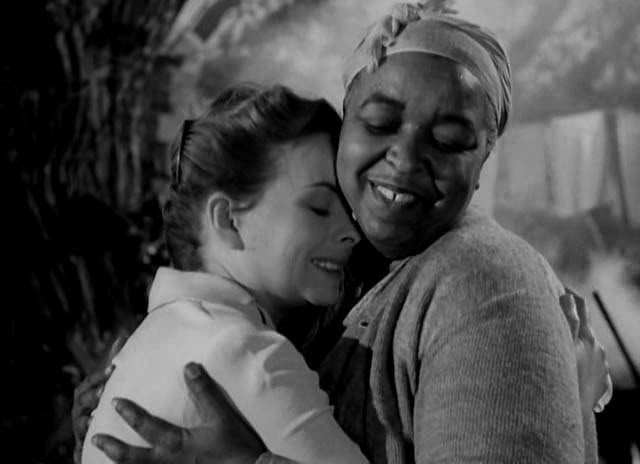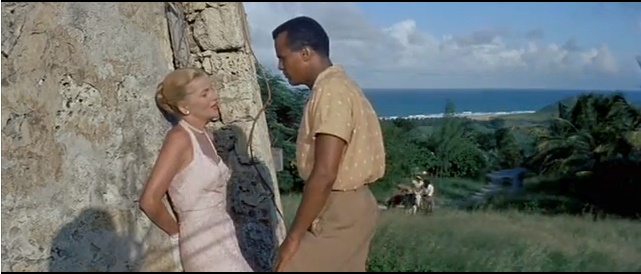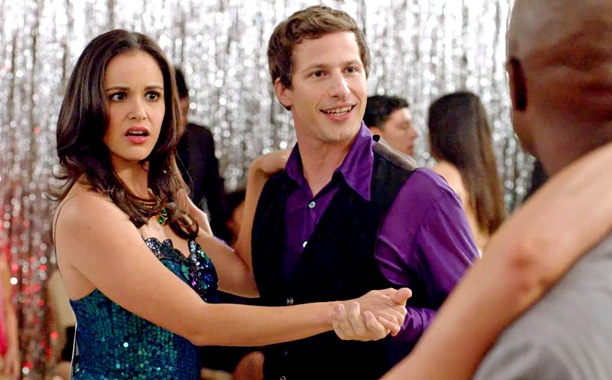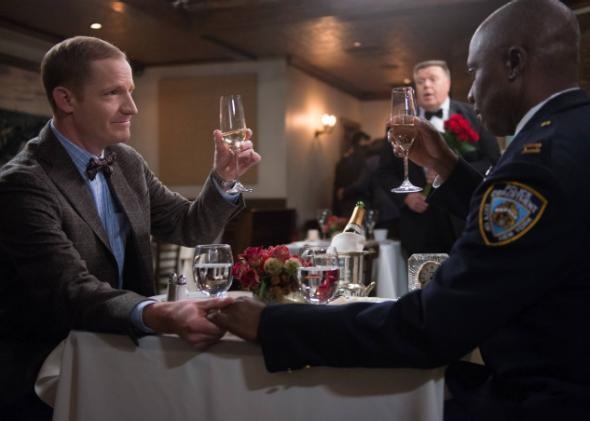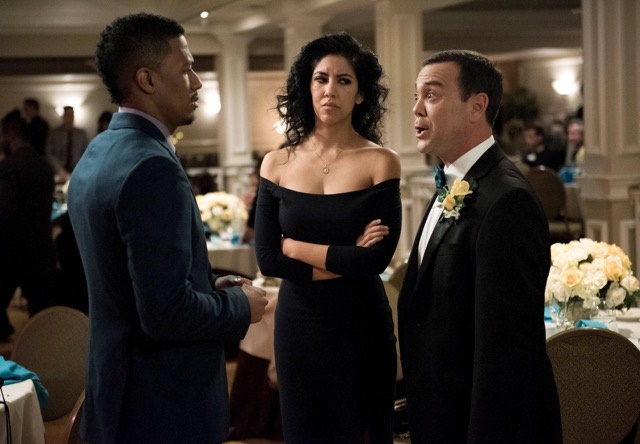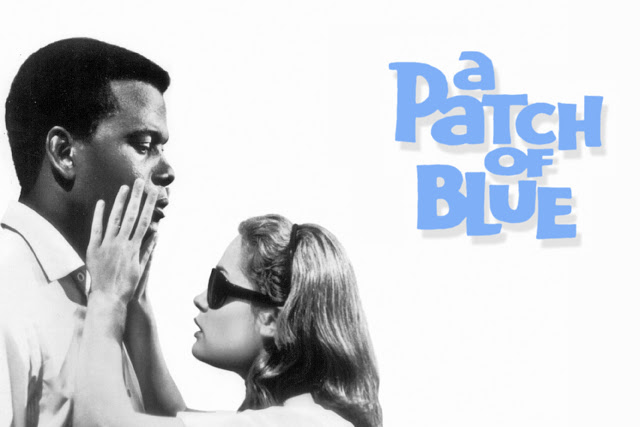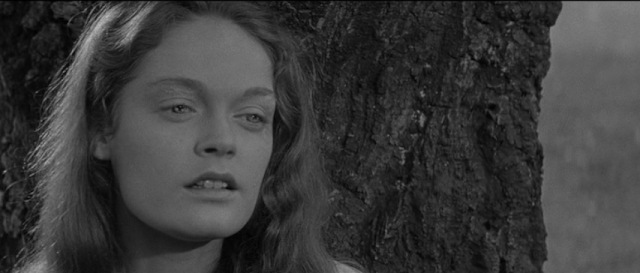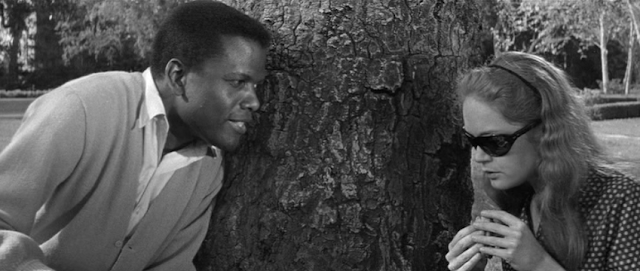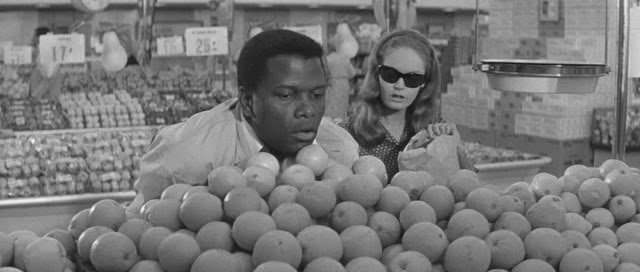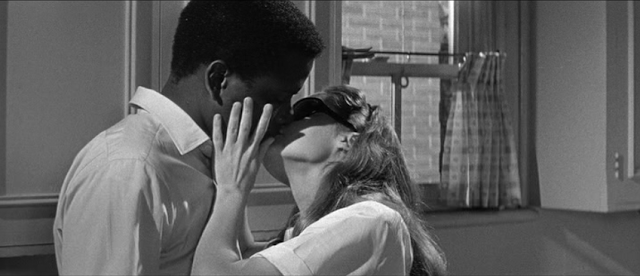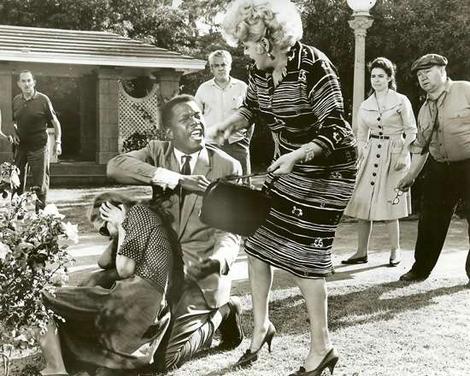This guest post by Rachel Wortherley appears as part of our theme week on Interracial Relationships.
[Trigger warning: discussion of rape]
The concept of the “supercouple” on daytime television, colloquially known as soaps or soap operas, is a romantic pairing closely associated with the following: their ability to overcome obstacles (children with other people, baby swaps, paternity tests, kidnappings, and murderous villains); a multitude of marriages (including with each other); and their love withstands the test of time. In other words, viewers are invested in watching the various iterations of the same couple. Notable supercouples in daytime culture are: Luke and Laura Spencer (General Hospital), Victor and Nikki Newman (The Young and the Restless), Jesse and Angie Hubbard (All My Children), and Bo and Hope Brady (Days of Our Lives). However, it is glaring that amongst soap opera supercouples, there are few pairings with people of color, especially interracial couples.
In the 1980s and 1990s, daytime broke ground for tackling social issues such as: HIV, rape, abortion (most notable in the 1970s with All My Children’s Erica Kane), homosexuality, and race. One of the first interracial romances on daytime television that occurred on General Hospital between characters Tom Hardy (David Wallace) and Simone Ravelle (Laura Carrington) was so groundbreaking that they appeared on the cover of JET magazine in February 1988. However, their story is one of the many interracial romances that occurred, but did not graduate to supercouple status.
General Hospital of the 1990s saw the introductions of Jason Quartermaine (Steve Burton) and Keesha Ward (Senait Ashenafi). Jason Quartermaine was the “golden boy” who aspired to be a doctor like his father, legacy character, Alan Quartermaine. He was the hope the Quartermaine’s needed when paired against Jason’s alcoholic, older brother, A.J. Quartermaine. Keesha Ward, whose family history is linked to the Quartermaines (her grandmother, Mary Mae Ward had an affair with Edward Quartermaine, Jason’s grandfather, which resulted in the birth of a son, Bradley Ward) and she is also a “good girl” who aspires to be a lawyer. Their short-lived relationship consisted of Jason constantly vocalizing Keesha’s beauty and intelligence; their shared dreams, such as marriage; they also lost their virginity to each other. Through family legacy alone, Jason and Keesha had the makings of a supercouple. They’re both attached to established characters, their families disapproved of the relationship, and they were dealt tragedy.
Jason, being the golden boy, jumps into a car with his brother who is driving drunk. This results in an accident with Jason being in a coma, sustaining a severe brain injury, and ultimately losing his memories. Upon waking, he turns into an angry, violent person. He pushes his family away, including Keesha, and turns to mobster, Sonny Corinthos (Maurice Bernard). Jason Quartermaine transforms into who viewers know today as Jason Morgan. Each encounter between Keesha and Jason Morgan is painful. He insults her and she is reduced to tears and heartache. Gone was the purity, the sweet nature of their relationship. Keesha turns to A.J. and later, the character disappears from the canvas. Jason Morgan would move on with other women: Robin Scorpio, Elizabeth Webber, Brenda Barrett, and Samantha McCall. The latter of whom he now maintains supercouple status.
In a perfect supercouple soap scenario, Jason and Keesha would somehow reunite, if only for closure. Piece by piece, memories of Keesha would bombard his mind resulting in their passionate reunion. However, Keesha and Jason would have to tearfully say goodbye to each other because neither of them is the same person they were prior to his fateful accident. Like Tom Hardy and Simone Ravelle, if viewers in 2016 were asked about Keesha Ward, their reaction would be, “Keesha who?” While Keesha was a part of Jason Morgan’s former life, she was still a significant piece. Jason, being a young, white male in a highly privileged family and Keesha a beautiful, intelligent, Black woman demonstrated that when they were together, no one else mattered. The sort of innocence or goodness that sparked their relationship, almost cancelled out the historical implications of their grandparents’ affair — Edward Quartermaine taking a Black woman, Mary Mae as his mistress, but not wife. Their bodies belonged to no one else, they were committed to each other. For writers to not develop their relationship amongst their obstacle and ultimately slam the door without a sense of closure, is a disservice to invested viewers.
On CBS, there is currently a long standing interracial couple, Lily Winters (Christel Khalil) — daughter of legacy characters Neil and Drucilla Winters, and her husband Cane Ashby (Daniel Goddard). However, the presence of interracial pairings on The Young and the Restless has been few and far between. The eldest child and daughter of supercouple Victor and Nikki Newman, Victoria Newman (then played by Heather Tom), ended her marriage to Cole Howard. Upon discovering she is pregnant with Cole’s child, she decides to venture into a relationship with Neil Winters (Kristoff St. John) and plans to raise the child with him. However, once Victoria loses her baby, their short-lived romance also ends. Their relationship is also a “blink and you’ll miss it” moment in soap history.
But amongst the barrage of missed opportunities in the arena of interracial couples, Noah Keefer and Julia Santos on All My Children stand out. Played by Keith Hamilton Cobb and Sydney Penny, they became one of daytime’s first interracial supercouples. They checked all of the boxes: strife amongst their families because of Noah’s African American heritage and Julia’s Latina (Mexican American) heritage and being able to endure hardships. Noah’s identifying character trait are his long locks. He is not shown cutting them to conform to society, nor does Julia find curiosity with his hair. They exist with each other, as is. They are enough. While their supercouple status did not span decades, as seen with Erica Kane and Jackson Montgomery, Noah and Julia brought something refreshing to the pairing.
Their relationship begins with Noah Keefer rescuing a disfigured, runaway and tornado survivor Julia Santos. As he nurses her back to health, their relationship begins to grow. As friends, Noah supports Julia’s abortion (via rape by another man) and rescues her when she is kidnapped by her rapist. The couple also endures Noah being accused of murdering Julia’s rapist (by Noah’s vengeful ex-lover, Taylor) and they go on the run until he is vindicated. Eventually, they marry; Julia becomes a nurse, and Noah a photographer. But, like any good supercouple, they are put through another test. Due to an assassination attempt by Noah’s stepfather on Noah’s mother Rose, his sisters, and Julia’s lives, the characters are placed into the witness relocation program. As a result, Noah and Julia are written off the daytime drama. A decade later, Julia returns to Pine Valley alone with the sad news that Noah has been murdered. She is out to avenge her husband’s death. Once that is accomplished, Julia allows herself to move on. She has various relationships, adopts a child, and sadly dies. But, Julia will always be associated with Noah. What allows their romance to be fresh is that their pairing was largely absent of the ugliness that often plagues supercouples: the break-ups. Unlike Jason and Keesha of General Hospital, there was closure. We imagine that Noah and Julia are reunited in soap opera heaven.
In 2016, interracial couples only scratch the surface of storylines on daytime television. The slow burn, or the build up to romance is largely absent from love in the afternoon. Viewers are now reduced to watching three different couples, making love via split screen. Perhaps the problem lies at the root. Creators must take time to invest in characters that are representative of our cultural and racial make up, as well as, develop intelligent, and socially meaningful storylines. As viewers, we must demand to see people who make up the real world.
Rachel Wortherley earned a Master of Arts degree at Iona College in New Rochelle, New York. She currently teaches English at Iona College and hopes to become a full-time screenwriter.
